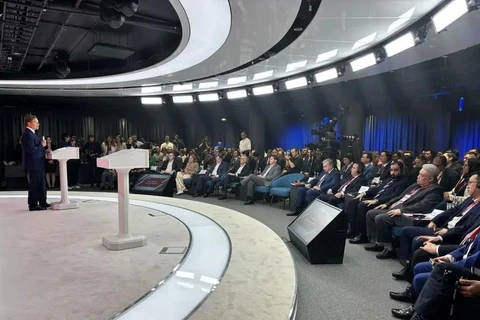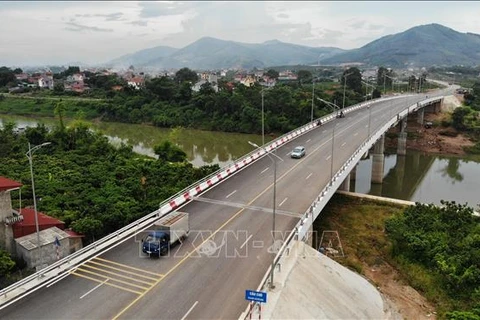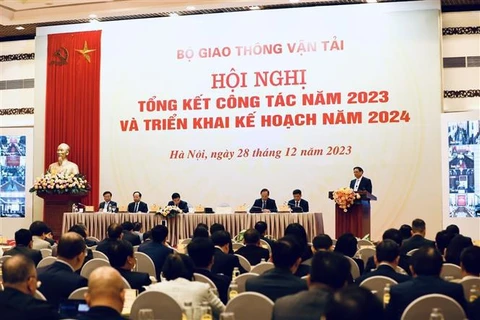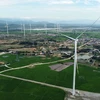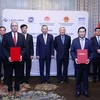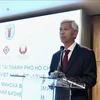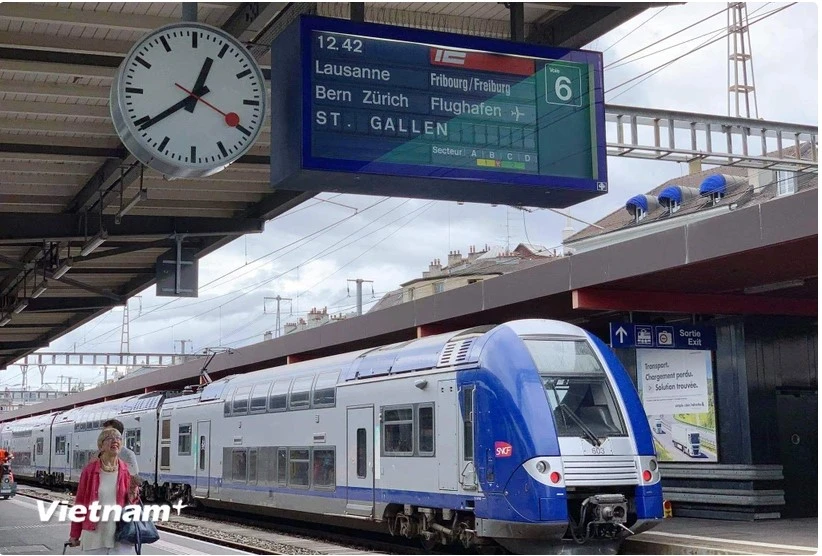
Hanoi (VNA) - The Ministry of Transport has announced an infrastructure development plan to transform the country’s transport network by 2030, with a vision to 2050.
The plan calls for an estimated 200 billion USD investment in various transport projects to support Vietnam's growing economy and enhance connectivity across the country.
Vietnam's transport infrastructure has seen significant advancements, with over 24,300 kilometres of national highways, 2,000 kilometres of expressways, and a robust network of ports and airports.
Luu Quang Thin, Deputy Director of the ministry’s Planning and Investment Department, highlighted that development has been asynchronous, with an overemphasis on road transport at the expense of other modes like railways and urban transit systems.
Railways, in particular, have been underfunded and are in urgent need of modernisation. The slow pace of urban railway development has exacerbated congestion and environmental issues in major cities like Hanoi and Ho Chi Minh City.

To address these challenges, the ministry is prioritising the construction of a high-speed North-South railway and accelerating urban railway projects. The railway sector is expected to receive around 151.2 billion USD in investment by 2030, with this figure rising to 312 billion USD by 2050 to support the creation of an efficient and sustainable rail network.
On the other hand, inland waterways, another underutilised asset, are set to play a critical role in Vietnam’s transport strategy. The ministry plans to focus investment on upgrading key transport routes, particularly in the central and Mekong Delta regions, to optimise the use of these natural resources.
Major ports will also undergo modernisation, with an estimated 10.8 billion USD required for inland waterway projects by 2030, and a subsequent 4.48 billion USD by 2050 as the projects advance.
The maritime sector is also a priority, with plans to improve key shipping lanes and develop international gateway ports, such as Lach Huyen and Ba Ria- Vung Tau. New port developments, including Can Gio and Van Phong, will support the Mekong Delta’s economic growth. Total investment in maritime infrastructure is projected to reach 4.16 billion USD by 2030, increasing to 6.65 billion USD by 2050.
In aviation, the ministry plans to upgrade and expand Vietnam's airport network, focusing on key hubs in Hanoi and Ho Chi Minh City. The strategy includes gradual upgrades to all 22 existing airports and the exploration of new airport projects to meet rising demand. Aviation infrastructure investment is projected at 17.1 billion USD by 2030, with an anticipated increase to 21.06 billion USD by 2050.
To realise these ambitious goals, the ministry will strive to mobilise a diverse range of funding sources. This effort includes revising legal frameworks to create a more conducive investment environment, streamlining administrative procedures, and delegating more authority to local governments to expedite project implementation.
The ministry is also looking to attract private sector investment through public-private partnerships (PPP) and foreign direct investment, offering substantial incentives to potential investors.

Additionally, the ministry plans to maximise the use of official development assistance (ODA) and concessional loans from international donors to fund large-scale projects that will have a broad economic impact.
Efficient utilisation of existing infrastructure assets and the development of tailored investment strategies for each transport sector are also key components of the ministry’s approach./.
